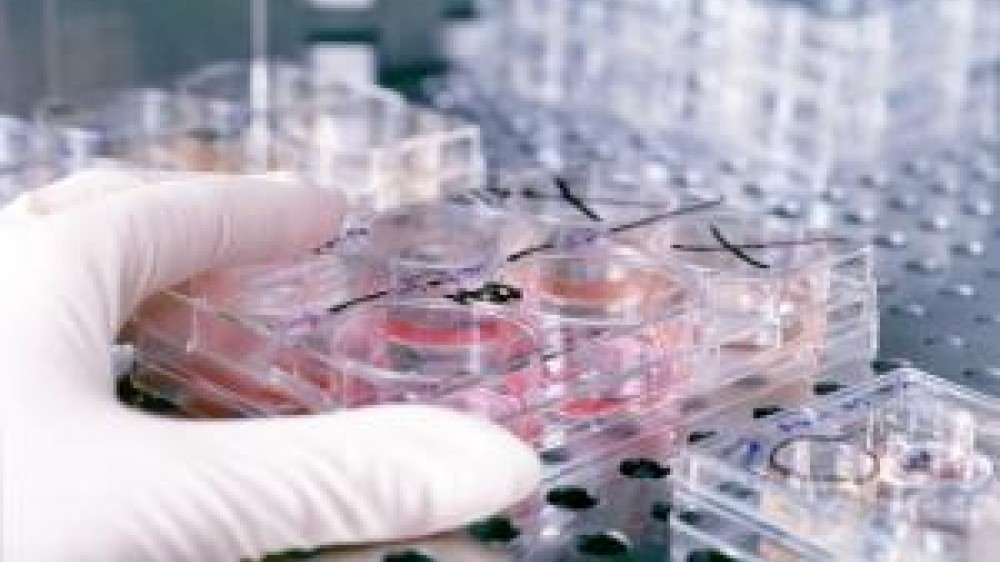Cell-based model means a step forward for Creutzfeldt-Jakob disease research

Researchers from the University of Edinburgh have developed a new system to study Creutzfeldt-Jakob disease (CJD) in vitro.
The work, funded by an NC3Rs project grant, has been published in The Journal of Experimental Medicine.
CJD is a fatal neurodegenerative condition associated with misfolding of the normal form of the prion protein, similar to Bovine Spongiform Encephalopathy (BSE) in cows and Chronic Wasting Disease in deer.
Until now, the main way to study the human form of the disease has been in animals, including in transgenic mice, sheep and non-human primates. These animal transmission studies are inherently variable, require large numbers of animals and can be assosiated with significant levels of suffering. The absence of a more relevant, human cell culture model which replicates human prions has hampered prion disease research.
The team, led by Professor Siddharthan Chandran, has devised a new method of studying prion infection in astrocytes derived from human induced pluripotent stem cells. They have shown that the cells are susceptible to the disease and can efficiently replicate three distinct human prion strains.
This is the first cell-based system that effectively models known aspects of disease susceptibility and demonstrates the potential of human stem cell-derived astrocytes to notably reduce, and in many instances replace, animal studies of human prion disease.
One of the co-authors, Dr James Alibhai, of the National CJD Research & Surveillance Unit at the University of Edinburgh, said: “Our study reports the first physiologically relevant model for studying human prion diseases in the lab. We hope it will lead to discovery of the key molecular and pathogenic events of prion disease, which could reveal new opportunities for treatments and facilitate drug screening.”
You can read the full press release from the University of Edinburgh here: Brain cell advance brings hope for CJD.
